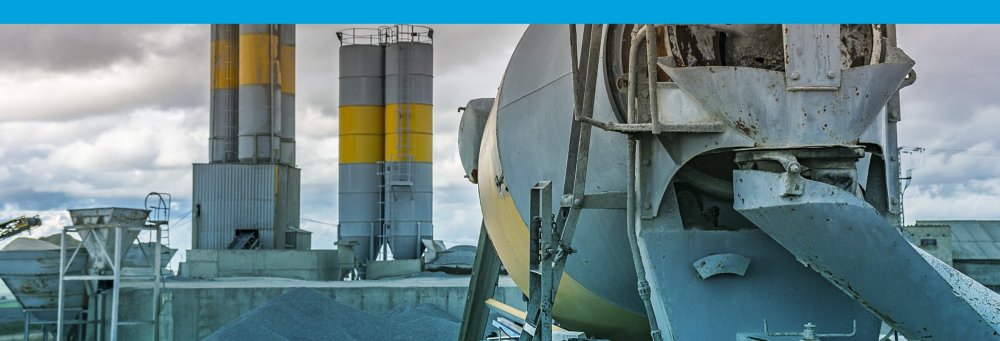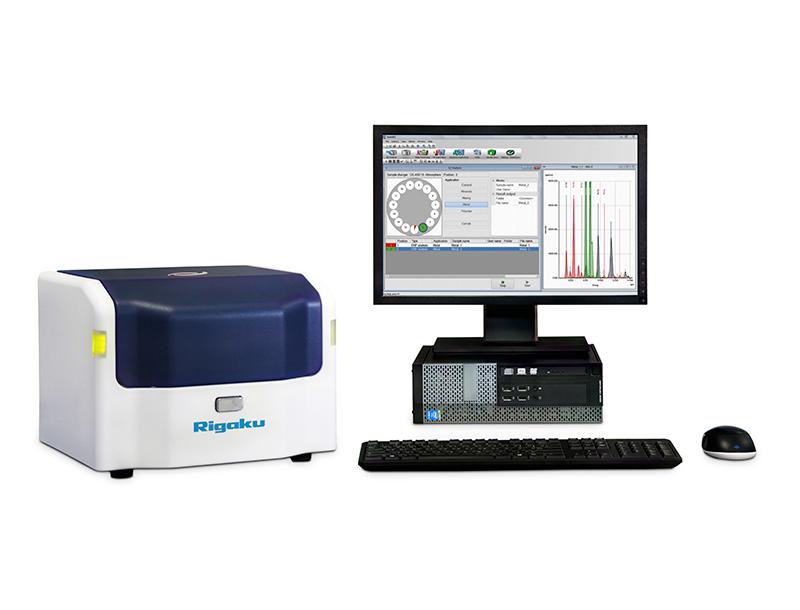Finished Portland Cement

Scope
The analysis of finished Portland cement is demonstrated using the empirical approach.
Background
EDXRF is a simple analysis technique used in cement plants around the world. The technique is ideal for QA/QC throughout the cement production process. EDXRF can be used as a screening tool and a quality control analyzer to ensure proper composition of incoming feedstocks, raw meal mixture balances, addition of gypsum, and throughout the manufacturing process. The EDXRF analyzer also makes an excellent backup instrument for the WDXRF analyzer used for final QC and certification.
 Model: NEX DE
Model: NEX DE
Calibration
Empirical calibrations were built using a set of 8 NIST SRM certified standards: 1880b, 1881a, 1884b, 1885a, 1886a, 1887b, 1888a, 1889a. Using the empirical approach, “alpha corrections” are then employed to automatically compensate for variations in X-ray absorption and enhancement effects based on each sample's elemental concentrations, thus yielding a very accurate model characterizing the cement type. It is recommended to make separate calibration methods for Raw Meal, Clinker, and Finished cements. A summary of the finished Portland cement empirical calibration is shown here.
| Component | Concentration range (mass%) |
| SiO₂ | 18.637 – 22.380 |
| Al₂O₃ | 3.875 – 7.060 |
| Fe₂O₃ | 0.152 – 3.681 |
| CaO | 57.58 – 67.87 |
| MgO | 0.814 – 4.740 |
| SO₃ | 2.086 – 4.622 |
| Na₂O | 0.020 – 1.068 |
| K₂O | 0.093 – 1.228 |
| TiO₂ | 0.0840 – 0.3706 |
| ZnO | 0.0010 – 0.1070 |
| Mn₂O₃ | 0.0073 – 0.2588 |
| SrO | 0.0180 – 0.6380 |
Recovery and repeatability
To demonstrate repeatability (precision), NIST SRM 1887b was chosen from the set of calibration standards. The sample was measured in static position for ten repeat analyses with typical results shown below.
| NIST SRM 1887b | Standard value | Average value | Standard deviation | % Relative deviation |
| SiO₂ | 19.59 | 19.63 | 0.04 | 0.2% |
| Al₂O₃ | 4.911 | 4.954 | 0.007 | 0.2% |
| Fe₂O₃ | 2.471 | 2.445 | 0.004 | 0.2% |
| CaO | 61.15 | 61.09 | 0.09 | 0.2% |
| MgO | 3.624 | 3.591 | 0.036 | 1.0% |
| SO₃ | 4.599 | 4.563 | 0.019 | 0.4% |
| Na₂O | 0.288 | 0.272 | 0.026 | 9.6% |
| K₂O | 0.961 | 0.958 | 0.011 | 1.2% |
| TiO₂ | 0.203 | 0.212 | 0.007 | 3.4% |
| ZnO | 0.0156 | 0.0149 | 0.0002 | 1.1% |
| Mn₂O₃ | 0.0860 | 0.0890 | 0.0012 | 1.3% |
| SrO | 0.2625 | 0.2616 | 0.0002 | 0.1% |
Reducing the total analysis time to 600 sec results in an increase in each standard deviation by a factor of 1.4.
Conclusion
The Rigaku NEX DE combines direct excitation with special tube filters and a high- performance, high-throughput SDD detector to yield the excellent performance for oxide measurements of cement.
During the entire production and processing cycle, oxide composition of the cement material must be reliably monitored to ensure optimal process control, physical characteristics of the cement, as well as profitability. The Rigaku NEX DE analyzer is an ideal tool throughout the quality control process and as a backup to WDXRF systems, making it a versatile and valuable tool for several applications within the cement industry.
